Offensive in Ukraine's east ‘priority' for Russia as it intensifies push on Chasiv Yar
Since March, President Volodymyr Zelensky has said more than once that Ukraine is expecting a major Russian offensive that could start in May or June.
Ukrainian experts and military officials now say it might begin even sooner.
All eyes are currently on the Bakhmut axis as Russian troops gradually inch toward the depleted town of Chasiv Yar, a mere 10 kilometers west of the occupied and largely destroyed Bakhmut.
"Chasiv Yar is located on high ground. If Russia's able to take the city, they may be able to increase their rate of advance,”said U.S.-based military expert Rob Lee, a senior fellow in the Foreign Policy Research Institute's Eurasia program.
Ukraine's military recently warned that Russia has set a goal to capture Chasiv Yar before May 9, when Russia celebrates Victory Day, a cult-like holiday marking the country's victory over Nazi Germany in World War II.
Commander-in-Chief Oleksandr Syrskyi said on April 13 that the front-line situation had "significantly deteriorated in recent days," as the dry weather enabled Russian armored assaults on the eastern front.
The recent assaults have focused on the Bakhmut, Lyman, and Pokrovsk sectors – spreading from the midpoint of Donetsk Oblast near Russian-occupied Avdiivka to the region's northern part, according to Syrskyi.
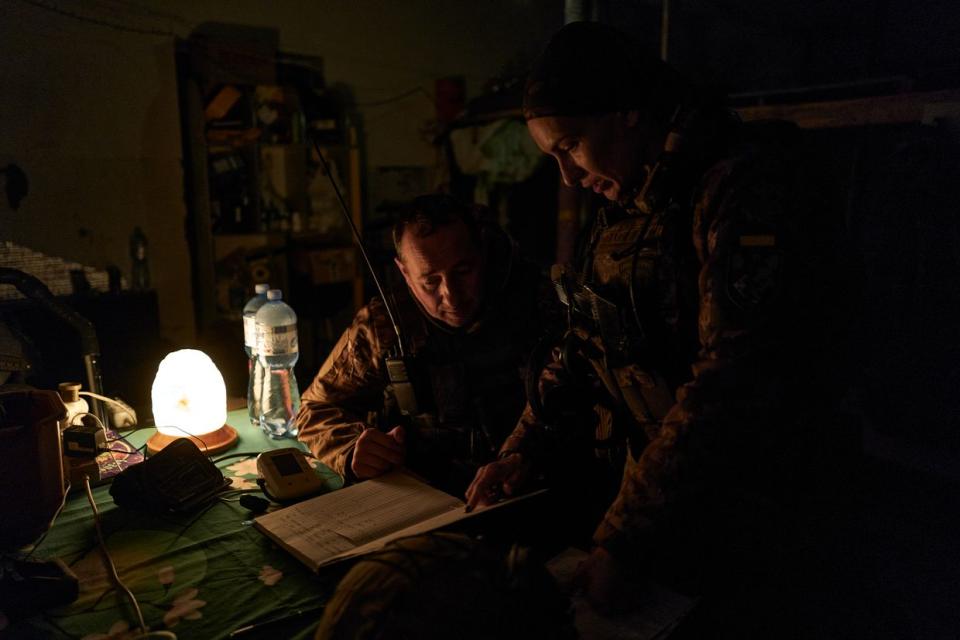
As the weather improves somewhat ahead of schedule, Russia is set to intensify its offensive in the east further, but whether it would focus on one specific area or aim to put pressure on multiple fronts is unclear, according to Western and Ukrainian military experts reached by the Kyiv Independent.
Despite Russia's increased push, offensive efforts in the Lyman, Bakhmut, and Pokrovsk areas "focus on immediate operational tasks in each individual direction but lack coordination on a theater-wide scale," according to the Center for Defense Strategies, a non-government Ukrainian think tank.
Read also: Ukrainian soldiers near Kupiansk prepare for potential Russian offensive
"The enemy's command cannot prioritize one operational direction, hence (Russian troops) are active on all fronts, preventing focused support and sustainment efforts," the center said in its April 14 report.
With Ukraine low on ammunition, heavy weapons, and personnel in multiple brigades, and further aid stalled in the U.S., Western and local military experts are careful in their assessments of the outcome of the looming Russian offensive.
Much depends on whether and when the U.S. Congress approves $60 billion in crucial security assistance for Ukraine, and how effectively Kyiv is able to solve its manpower issues.
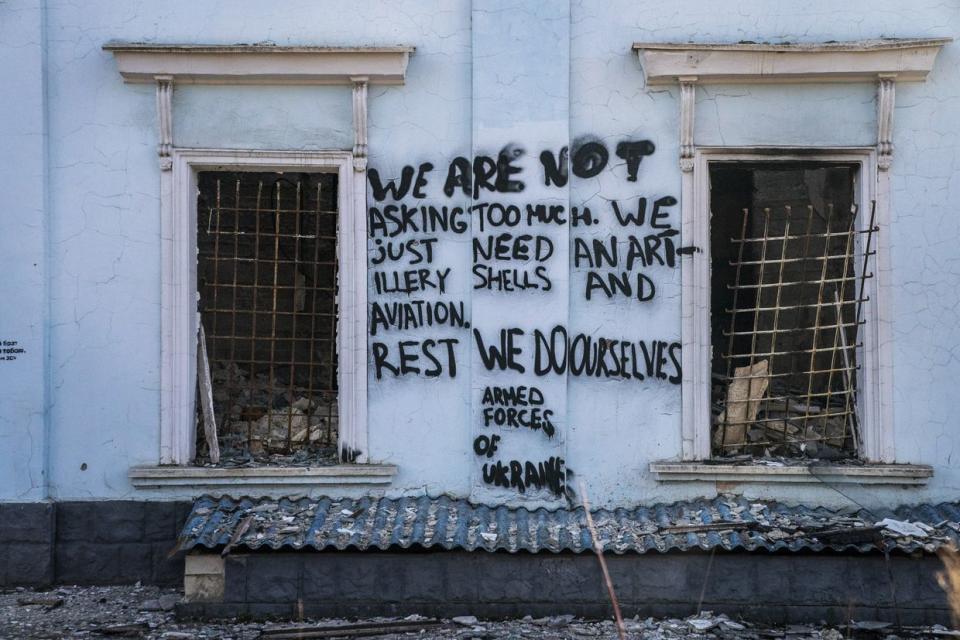
Ukraine’s parliament passed the updated mobilization bill earlier in April, but how effectively the conscription system – the poor results of which have been felt on the ground with front-line units barely getting fresh recruits to refill heavy losses – will work in practice remains a question.
"(If the U.S. does not pass the security aid package) and Ukraine isn't able to fix the manpower situation, there is a risk that Russia will be able to make even greater advances this summer or in the second half of the year,” Lee said.
Other military analysts are also pessimistic about Ukraine’s battlefield performance for 2024.
"Ukraine will almost certainly continue to lose some ground in some places, but it will be one kilometer here (0.6 miles), five kilometers there (3.1 miles)," Prague-based military analyst at Oryx OSINT Project, Jakub Janovsky said, stressing that much depends on the U.S. Congress and the upcoming U.S. presidential election in November 2024.
Looming offensive
Russia's advance on the Avdiivka axis, which lies roughly 50 kilometers (31 miles) south of occupied Bakhmut, slowed in early March following a decrease in momentum after Moscow captured the city a month prior.
Moscow soon shifted its attention to Chasiv Yar – unleashing a "powerful thrust" toward the heavily ruined town while looking to identify weak spots for a breakthrough.
The hilly town has long been on the receiving end of Russian attacks, with only about 800 of the original 12,000 residents remaining as of March.


With the arrival of dry weather conditions more suitable for equipment maneuvering, Russia is expected to focus on "traditional directions," which include the Bakhmut, Avdiivka, and Lyman axes, according to Serhiy Hrabskyi, a retired Ukrainian colonel and military analyst.
"Russian forces are expected to continue exerting intense pressure along the central front line axis, likely preparing for a larger offensive to achieve full control of Donetsk Oblast this summer," Hrabskyi told the Kyiv Independent.
With front-line units suffering from critical manpower and ammunition shortages, Ukrainian soldiers say their goal for 2024 would be to hold on to existing positions and wait for the arrival of the crucial Western aid.
Read also: After 10 years of war, Krasnohorivka in new danger as Russia advances in the east
American military expert Lee said Russia’s priorities are likely to be advancing in the Bakhmut area and west of occupied Avdiivka, located some 50 kilometers (31 miles) southeast of Pokrovsk – one of the main cities in Donetsk Oblast still under Ukrainian control.
"I think Chasiv Yar and the western Avdiivka/Pokrovsk front are the two priorities, and they likely will remain the priorities this summer,” Lee said.
Ukrainian military expert Oleksandr Musiienko, who heads the Kyiv-based National Defense University's Center for Military and Strategic Studies, says there are two likely scenarios for Russia's upcoming campaign.
The first would see Russia continuing to concentrate its troops in Donetsk Oblast to capture the industrial heartland while also launching "diversionary maneuvers" on the northeastern border – in Kharkiv and Sumy oblasts – to distract Ukraine from its main effort, Musiienko said.


This would stretch the already constrained Ukrainian troops across the front line, with Kyiv unable to reinforce hot spots with units needed to defend the northeast.
Another possibility is that Russia could use a "full-fledged group" to attack Kharkiv, but that less likely as it would distract Moscow from its offensive operations in Donetsk Oblast, Musiienko said.
Earlier in March, Russian independent media outlet Meduza, citing anonymous sources including those close to the Kremlin, reported that a large-scale Russian offensive on Kharkiv may happen, though it may require a new round of mobilization.
As the possibility of Russia's renewed attempt to capture Kharkiv makes headlines, Ukrainian officials are attempting to reassure the population that Ukraine's second-largest city is properly defended.
Zelensky has stressed that Kharkiv Oblast is the most fortified region across the front line.
Read also: Intense fighting, lack of resources leave wounded soldiers on their own
But Musiienko is nonetheless convinced that Russia's priority for offensives would be fixed on the east.
Attempting a ground offensive on Kharkiv would require enormous resources, which even Russia would struggle to gather. While Ukrainian soldiers acknowledge Russia's artillery superiority and its ability to constantly deploy a mass number of troops, Moscow struggled to wage costly offensive operations simultaneously on multiple fronts in 2023 and early 2024.
"I don't think Russia is interested in suspending its offensive or reducing its tempo in the east right now," Musiienko said.
Whatever the Russian leadership's goal may be, Moscow is currently heavily attacking Kharkiv to sow panic and "create a picture" that Kharkiv residents are urgently fleeing the city over fears of it being captured, according to Lieutenant Colonel Nazar Voloshyn, spokesman for the Khortytsia grouping operating in the region.
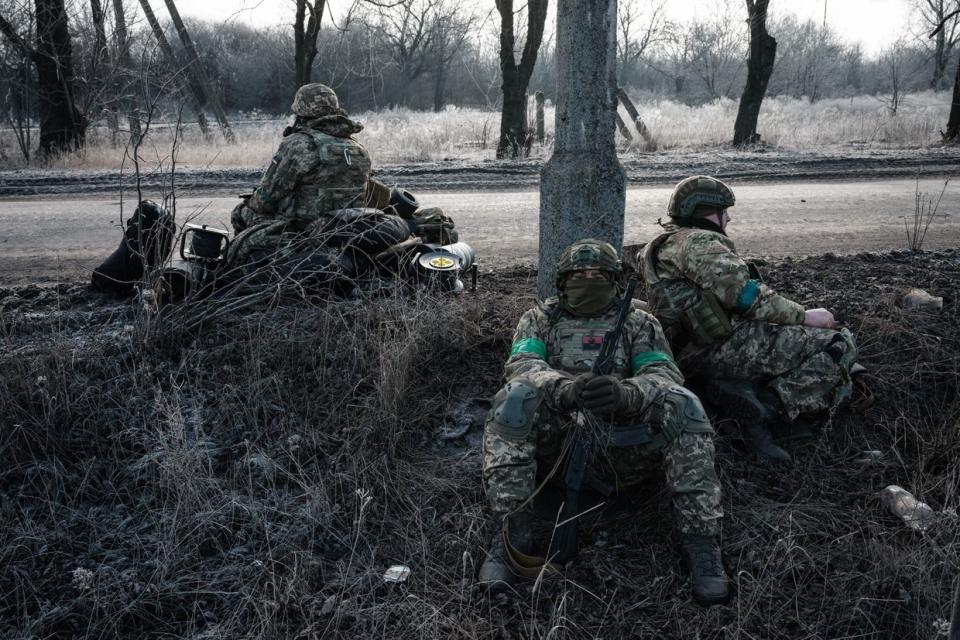
"(Russian propaganda) wants to create a picture that this offensive is already underway and that Kharkiv is under direct threat," Voloshyn told the Kyiv Independent.
Read also: The Economist: Russian attacks aim to make Kharkiv uninhabitable for civilians
Voloshyn declined to comment on where Russia could launch its next offensive, saying that this information is up to the intelligence to disclose. He said that Russia is currently conducting a rotation of units on the northeastern Kupiansk front and that there haven't been any recent ground attacks in Kharkiv Oblast.
Fears in Kyiv
Ahead of the expected Russian push, Kyiv signaled in a rare display of vulnerability that it is increasingly uncertain about the country's ability to defend itself.
Zelensky warned Western allies in an interview with CBS News that Ukraine needs more help ahead of what is expected to be a major Russian attack.
In late March, Zelensky told the Washington Post that Ukraine has paid its price for Congress' months-long delay in approving a $60 billion security aid package.
"It means we will go back, retreat, step by step, in small steps," Zelensky told the Washington Post.
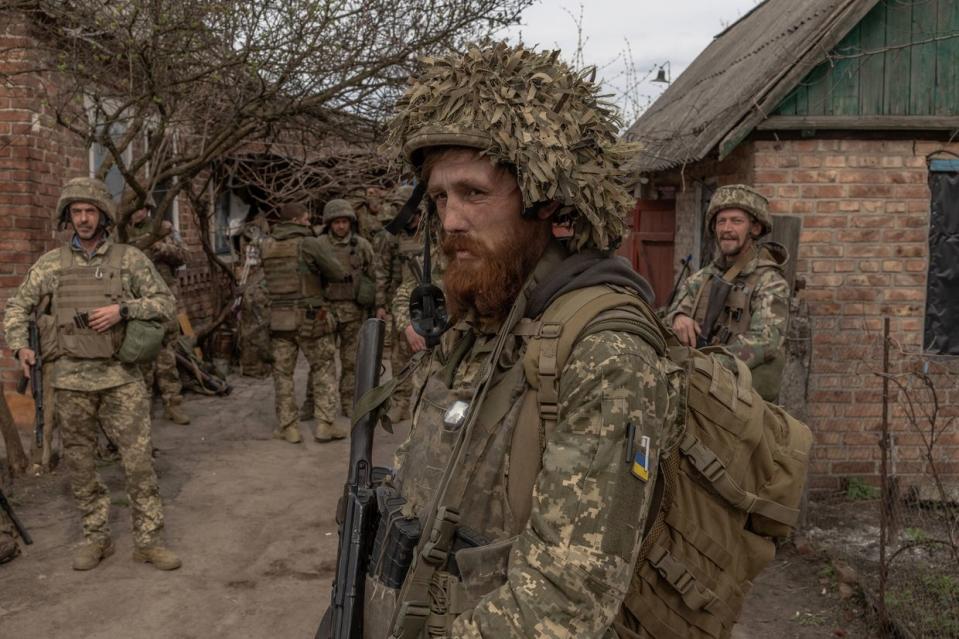
The wake-up call came as Ukrainian high-ranking military officers told Politico on condition of anonymity that there is a serious risk of the front line collapsing wherever Russia chooses to concentrate its offensive.
The officers, who served under former Commander-in-Chief Valerii Zaluzhnyi, stressed that Russia could likely "penetrate the front line and to crash it in some parts," given its overwhelming manpower and increasingly intense use of KAB-guided aerial bombs.
"Only Ukrainian grit and resilience, as well as errors by Russian commanders, may now alter the grim dynamics," Politico wrote, citing an anonymous top-ranking military source.
With 2024 looking more dire than ever for Ukraine, it now must focus on ramping up fortification wherever possible. Ukrainian forces have to juggle their limited resources to prepare for what will likely be a tough summer.
Ukrainian military spokespeople told the Kyiv Independent that an increased concentration of Russian troops or an intensifying offensive had not been observed yet.
But this can all quickly change, similar to when Russia abruptly began what many Ukrainian soldiers described as the largest-ever frontal assault on Avdiivka in the fall of 2023.
Read also: Ukrainian soldiers recall retreat from Avdiivka – on foot, leaving their wounded behind
The D.C.-based Institute for the Study of War (ISW) said in its April 3 report that Russia may intensify mechanized ground assaults in late March and early April "to take advantage of Ukrainian material shortages before the arrival of expected Western security assistance."
The analysis coincided with a warning by the top U.S. Commander in Europe General Christopher Cavoli that Russia's current five-to-one artillery advantage could reach 10-to-one in the coming weeks.
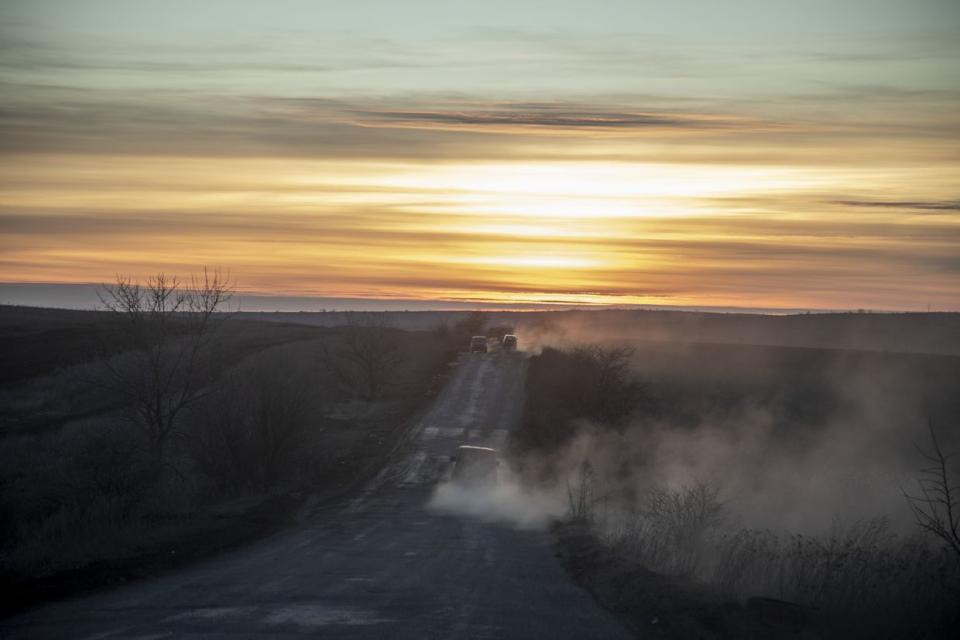
"If one side can shoot and the other side can't shoot back, the side that can't shoot back loses. So the stakes are very high," Cavoli told Congress on April 10.
House Speaker Mike Johnson has been actively derailing the attempt to pass the U.S. foreign aid package, which includes about $60 billion for Ukraine.
The scarcity of Western military aid is so dire that Kyiv officials agree that defeat may be inevitable if the situation doesn't change.
"It is necessary to specifically tell Congress that if Congress does not help Ukraine, Ukraine will lose the war," Zelensky said during an April 7 video meeting.
Read also: Russia intensifies attacks on Kharkiv, draining Ukraine’s air defense and civilian morale
We’ve been working hard to bring you independent, locally-sourced news from Ukraine. Consider supporting the Kyiv Independent.

